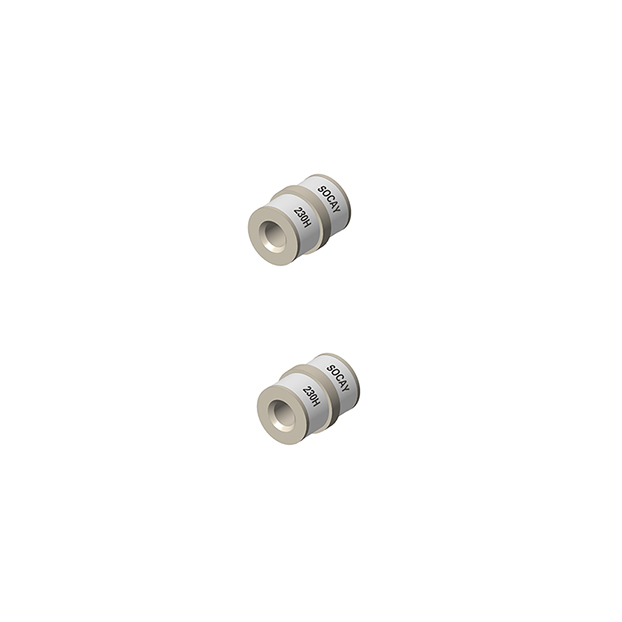Electrostatic discharge (ESD) is the release of static electricity when two objects come into contact. Familiar examples of ESD include the shock we receive when we walk across a carpet and touch a metal doorknob and the static electricity we feel after drying clothes in a clothes dryer. A more extreme example of ESD is a lightening bolt. While most ESD events are harmless, it can be an expensive problem in many industrial environments.
ESD first requires a build-up of an electrostatic charge. This occurs when two different materials rub together. One of the materials becomes positively charged; the other becomes negatively charged. The positively-charged material now has an electrostatic charge. When that charge comes into contact with the right material, it is transferred and we have an ESD event. The heat from the ESD event is extremely hot, although we do not feel it when we are shocked. However, when the charge is released onto an electronic device such as an expansion card , the intense heat from the charge can melt or vaporize the tiny parts in the card causing the device to fail. Sometimes an ESD event can damage a device, but it continues to function. This is a called a latent defect, which is hard to detect and significantly shortens the life of the device
Many electronic devices are susceptible to low voltage ESD events. For example, hard drive components are sensitive to only 10 volts. For this reason, manufacturers of electronic devices incorporate measures to prevent ESD events throughout the manufacturing, testing, shipping, and handling processes. For example, an employee may wear a wrist strap when working with devices or may wear ESD control footwear and work on an ESD floor mat that causes the electrostatic charge to go into the ground instead of into the device. Sensitive devices can be packaged with materials that shield the product from a charge.






